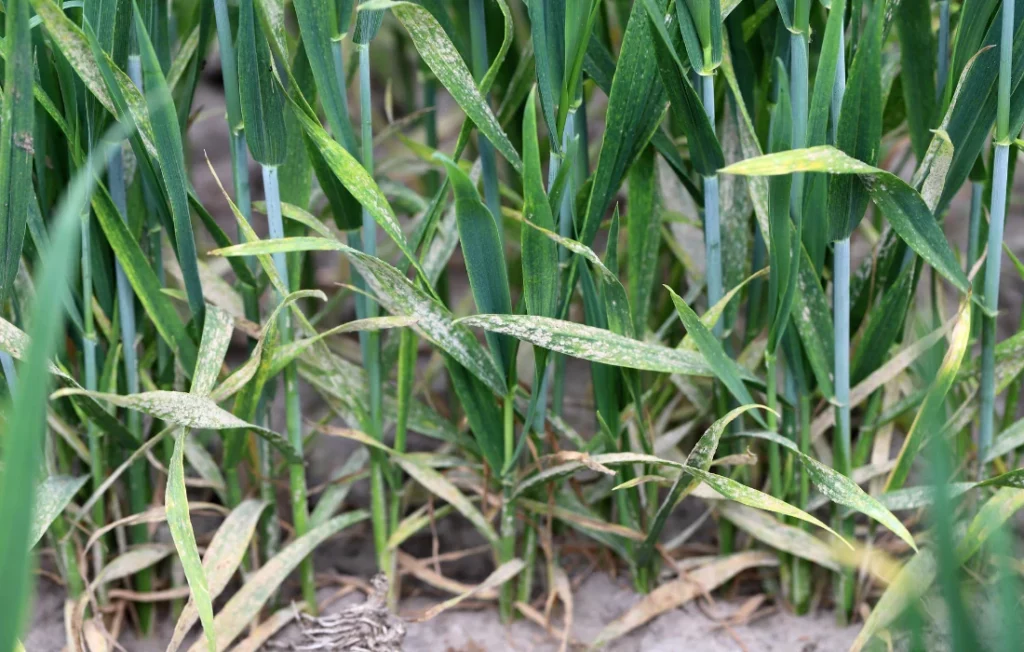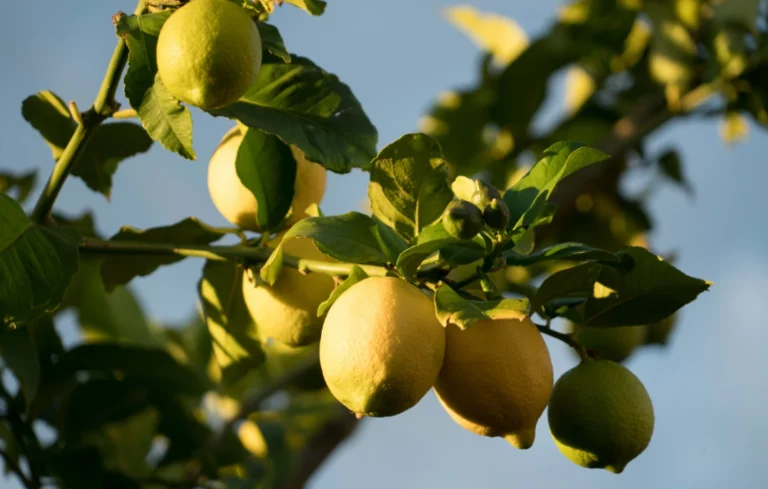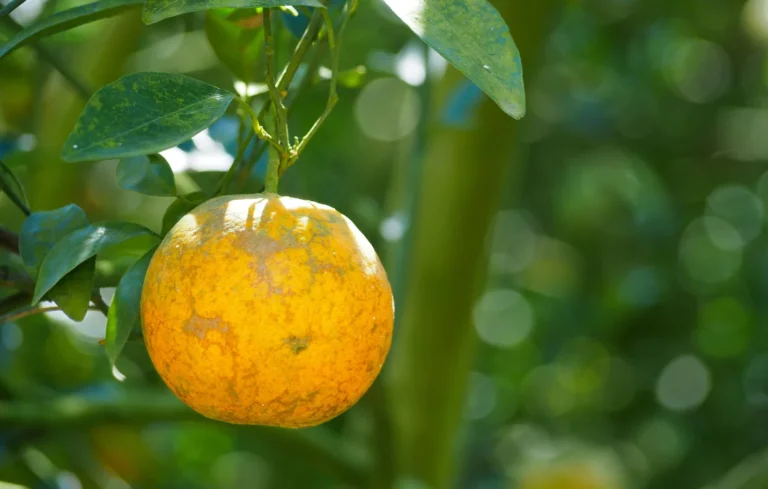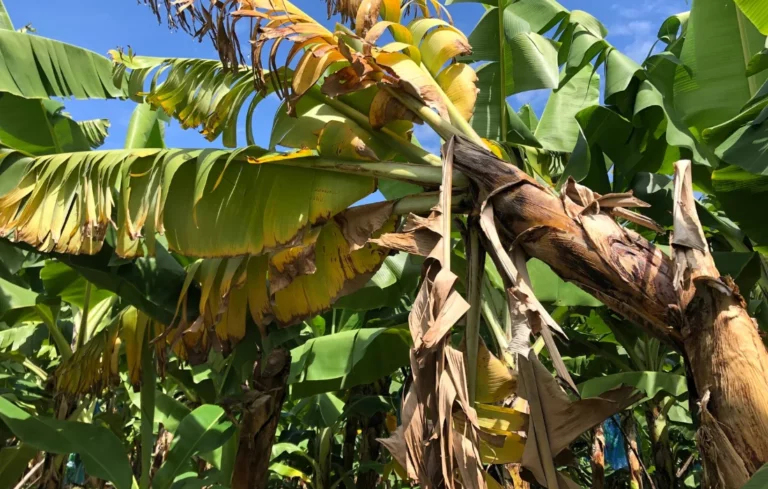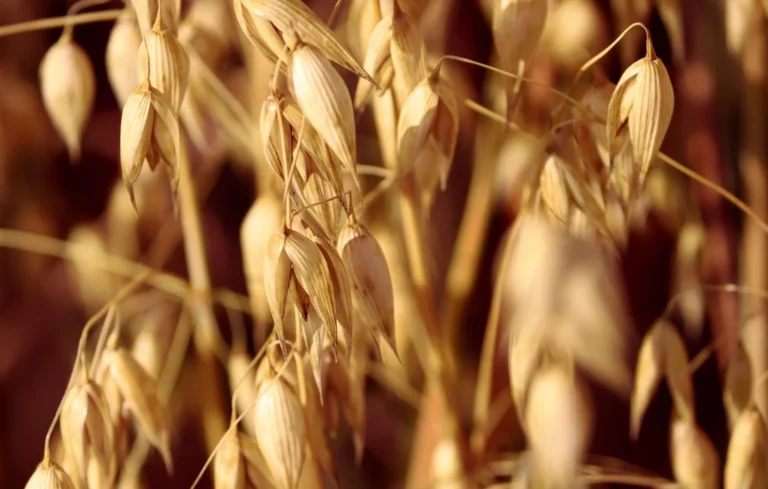Caused by Blumeria graminis , cereal powdery mildew is a disease that can impact yields. This disease affects a wide range of cereals, particularly wheat, barley, oats, rye, and triticale. On the surface, it may appear benign, initially appearing as a light whitish coating. However, its rapid progression, ability to thrive in a variety of climatic conditions, and direct impact on grain quality make it a major problem for producers.
Description of cereal powdery mildew
Blumeria graminis is an ascomycete fungus of the Erysiphaceae family. It is distinguished by its development on the surface of leaves, stems, and ears, forming a mycelium visible to the naked eye. The fungus is specialized according to the host species, which means that each cereal is attacked by a specific form:
- f. sp. tritici for wheat ,
- f. sp. hordei for barley,
- f. sp. avenae for oats ,
- f. sp. secalis for rye .
This specialization implies that there is no cross-infection between cereal species.
Infection often begins early in the season when conditions are favorable. Wind-borne spores quickly colonize young shoots. The fungus develops only on the surface of plant tissues and then forms conidiophores responsible for producing new spores. At the end of the cycle, storage structures called cleistothecia form, allowing the fungus to overwinter on plant residues or in the soil.
Disease distribution
Powdery mildew of cereals is widespread in all cereal-growing regions of the world. It is particularly prevalent in Europe, North America, Central Asia, and China. The fungus is carried by air currents, which promotes even distribution in fields.
Symptoms caused by powdery mildew on cereals
The first signs usually appear on young leaves as white, cottony spots visible on both sides. These spots spread rapidly and merge to form a continuous white felt . During the sporulation phase, this layer takes on a powdery appearance , often associated with a loss of tissue vigor.
Over time, the spots turn gray or reddish-brown, a sign of aging of the fungal colony. Black spots (cleistothecia) appear on the affected areas, marking the sexual phase of the fungus. The affected leaves eventually turn prematurely yellow and then become necrotic.
On the ears, symptoms appear after heading. Whitish to grayish scabs colonize the glumes and awns. The infection causes a reduction in the number of ears , fewer grains per ear and a weakening of the grain weight , with a direct impact on the profitability of the crop.
Need a natural solution for powdery mildew on cereals?
Favorable situations for the development of the disease
- Sensitive varieties : certain genetics are naturally more exposed to powdery mildew.
- Excessive nitrogen fertilization at the start of the cycle : promotes dense foliage, conducive to the development of the fungus.
- Sowing too densely : limits air circulation between plants, increasing residual humidity.
- Poorly drained plots : promote humid microclimates on the surface of the canopy.
- Mild climate with alternating dry/humid conditions : ideal for germination and sporulation cycles.
- High relative humidity and temperatures between 15 and 22°C: optimal conditions for the spread of the fungus.
Agronomic control methods
The first step is to choose varieties that are tolerant to powdery mildew, particularly for crops in high-risk areas. Adapting seeding density helps maintain a good balance between soil cover and plant aeration. Careful nitrogen management , particularly by splitting applications, limits excess vegetation that is conducive to the disease. These levers, combined with regular monitoring of plots, make it possible to limit the pressure of the fungus without relying exclusively on fungicide treatments.
Agrobiotop solutions against cereal powdery mildew
Soil aeration
This action is very important because it plays a direct role in oat diseases.
Drainage of plots
Treatment for disease (Physical barrier)
- CHITOPROTECT
- BENTOBIO (sodium bentonic clay)
In association with CHITOPROTECT :
- Cereal crops: 1kg BENTOBIO + 1 L of CHITOPROTECT /ha /100 L of water
- Market gardening: 3 kg BENTOBIO + 1.5 L of CHITOPROTECT / ha / 300 L of water
In association with PNPP : 1kg of BENTOBIO/100L of water increases the effectiveness of macerations (biostimulant)
Combination with Copper-based preparations : Dose of 1kg of BENTOBIO/100L of water
Bentobio dilutes perfectly in water and does not cause abrasion of pump systems.
The doses indicated should be adapted according to needs and objectives.
Dusting : From 8 to 15 kg/ha
Biostimulants against diseases
- YAKADOP (Recommended dose: 5 liters/100 liters of water/hectare)
- YAKAPRO (Recommended dose: 5 to 10 liters / 100 liters of water / hectare)
Seed coating
For protection against soil-borne fungal diseases such as cereal blight.
Recommended dose for 100 kg of seeds, multiply the doses according to the volume of seeds
100 ml CHITOPROTECT + 900 ml YAKASEM /100 kg of seeds.
Do not hesitate to contact us for more information.

